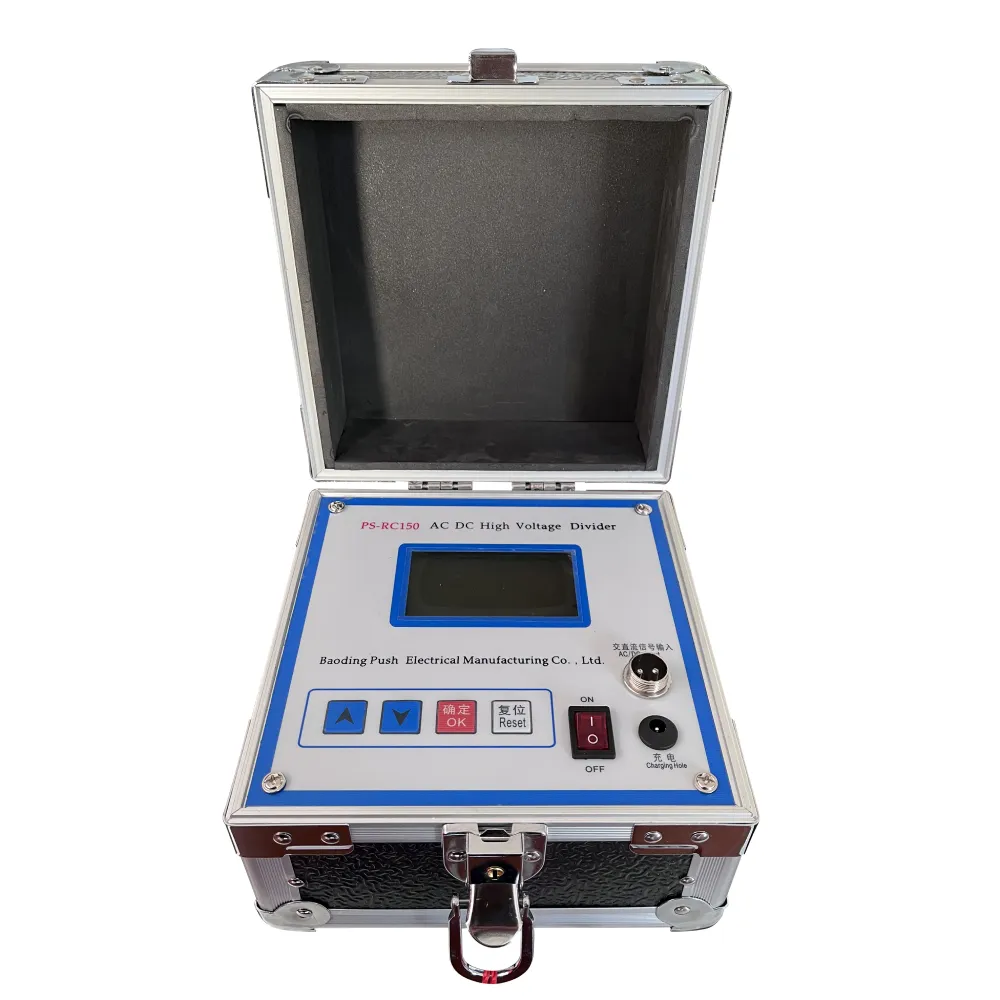 English
English



-
 Afrikaans
Afrikaans -
 Albanian
Albanian -
 Amharic
Amharic -
 Arabic
Arabic -
 Armenian
Armenian -
 Azerbaijani
Azerbaijani -
 Basque
Basque -
 Belarusian
Belarusian -
 Bengali
Bengali -
 Bosnian
Bosnian -
 Bulgarian
Bulgarian -
 Catalan
Catalan -
 Cebuano
Cebuano -
 China
China -
 China (Taiwan)
China (Taiwan) -
 Corsican
Corsican -
 Croatian
Croatian -
 Czech
Czech -
 Danish
Danish -
 Dutch
Dutch -
 English
English -
 Esperanto
Esperanto -
 Estonian
Estonian -
 Finnish
Finnish -
 French
French -
 Frisian
Frisian -
 Galician
Galician -
 Georgian
Georgian -
 German
German -
 Greek
Greek -
 Gujarati
Gujarati -
 Haitian Creole
Haitian Creole -
 hausa
hausa -
 hawaiian
hawaiian -
 Hebrew
Hebrew -
 Hindi
Hindi -
 Miao
Miao -
 Hungarian
Hungarian -
 Icelandic
Icelandic -
 igbo
igbo -
 Indonesian
Indonesian -
 irish
irish -
 Italian
Italian -
 Japanese
Japanese -
 Javanese
Javanese -
 Kannada
Kannada -
 kazakh
kazakh -
 Khmer
Khmer -
 Rwandese
Rwandese -
 Korean
Korean -
 Kurdish
Kurdish -
 Kyrgyz
Kyrgyz -
 Lao
Lao -
 Latin
Latin -
 Latvian
Latvian -
 Lithuanian
Lithuanian -
 Luxembourgish
Luxembourgish -
 Macedonian
Macedonian -
 Malgashi
Malgashi -
 Malay
Malay -
 Malayalam
Malayalam -
 Maltese
Maltese -
 Maori
Maori -
 Marathi
Marathi -
 Mongolian
Mongolian -
 Myanmar
Myanmar -
 Nepali
Nepali -
 Norwegian
Norwegian -
 Norwegian
Norwegian -
 Occitan
Occitan -
 Pashto
Pashto -
 Persian
Persian -
 Polish
Polish -
 Portuguese
Portuguese -
 Punjabi
Punjabi -
 Romanian
Romanian -
 Russian
Russian -
 Samoan
Samoan -
 Scottish Gaelic
Scottish Gaelic -
 Serbian
Serbian -
 Sesotho
Sesotho -
 Shona
Shona -
 Sindhi
Sindhi -
 Sinhala
Sinhala -
 Slovak
Slovak -
 Slovenian
Slovenian -
 Somali
Somali -
 Spanish
Spanish -
 Sundanese
Sundanese -
 Swahili
Swahili -
 Swedish
Swedish -
 Tagalog
Tagalog -
 Tajik
Tajik -
 Tamil
Tamil -
 Tatar
Tatar -
 Telugu
Telugu -
 Thai
Thai -
 Turkish
Turkish -
 Turkmen
Turkmen -
 Ukrainian
Ukrainian -
 Urdu
Urdu -
 Uighur
Uighur -
 Uzbek
Uzbek -
 Vietnamese
Vietnamese -
 Welsh
Welsh -
 Bantu
Bantu -
 Yiddish
Yiddish -
 Yoruba
Yoruba -
 Zulu
Zulu
Reference Electrode Selection in Potentiometric Titration for Accurate Measurement
The Role of Reference Electrode in Potentiometric Titration
Potentiometric titration is a widely utilized analytical technique that measures the potential difference between two electrodes to determine the concentration of an analyte in a solution. Central to the accurate execution of this method is the use of a reference electrode, which serves as a stable point of reference against which the potential of the indicator electrode (often a glass electrode for pH measurements or an ion-selective electrode) is compared. The importance of the reference electrode cannot be overstated, as it ensures the precision and reliability of the titration results.
What is a Reference Electrode?
A reference electrode is an electrode with a constant and known electrode potential, irrespective of the solution composition. It provides a stable reference point for the measurement of the potential changes occurring in the indicator electrode. Common types of reference electrodes include the standard hydrogen electrode (SHE), silver/silver chloride (Ag/AgCl), and calomel electrodes. The choice of reference electrode can significantly influence the accuracy and performance of potentiometric titration.
Functionality of the Reference Electrode
During potentiometric titration, as the titrant is added to the analyte solution, the potential of the indicator electrode changes in response to the concentration of the analyte. The reference electrode maintains a constant potential, allowing for precise measurements of these changes. The potential difference (voltage) is related to the Nernst equation, which describes how the potential varies with the concentration of ions in solution. The linear relationship obtained from the titration curve can then be used to determine the equivalence point, the point at which the amount of titrant added is stoichiometrically equivalent to the amount of analyte present.
Characteristics of an Ideal Reference Electrode
An ideal reference electrode exhibits a few key characteristics
reference electrode in potentiometric titration

2. Non-Polarizable The reference electrode is expected to have minimal interference due to polarization effects, which could otherwise lead to shifts in potential measurements.
3. Compatibility The reference electrode should be chemically stable and compatible with the solution being analyzed.
4. Ease of Use It should be easy to maintain and incorporate into the potentiometric titration setup.
Issues with Reference Electrodes
Despite their crucial role, reference electrodes can present challenges during potentiometric titration. For instance, electrode drift can occur due to slow changes in the reference potential over time, which can lead to inaccuracies in the titration results. Additionally, contamination of the reference electrolyte or junction clogging can impede the proper function of the reference electrode, necessitating regular maintenance and calibration.
Moreover, when dealing with complex matrices or samples containing interfering substances, the choice of reference electrode becomes vital. The use of a reference electrode that is incompatible with the sample matrix can lead to misleading results.
Conclusion
In conclusion, the reference electrode is an indispensable component of potentiometric titration, providing a stable baseline for accurate measurement of the analyte's concentration. Its ability to maintain a constant potential amidst changing conditions ensures the reliability of the results obtained. However, careful selection and maintenance of the reference electrode are essential to mitigate potential issues that could impact the accuracy of the titration. Through the judicious use of reference electrodes, chemists can achieve precise and accurate quantitative analyses, thereby enhancing the efficacy of potentiometric titration in various applications, from environmental monitoring to pharmaceutical analysis.
-
Ensuring SF₆ Gas Safety: Introducing PUSH’s Integrated SF₆ Analyzer for Dew Point, Purity, and Decomposition MonitoringNewsJul.10,2025
-
Exploring the Main Types of Industrial Endoscopes and Their Applications Across IndustriesNewsJul.04,2025
-
Testing Equipment Industry Sees Major Advancements in 2025: Smart & Precision Technologies Lead the WayNewsJun.06,2025
-
Applications of Direct Current Generators in Renewable Energy SystemsNewsJun.05,2025
-
Hipot Tester Calibration and Accuracy GuidelinesNewsJun.05,2025
-
Digital Circuit Breaker Analyzer Features and BenefitsNewsJun.05,2025



